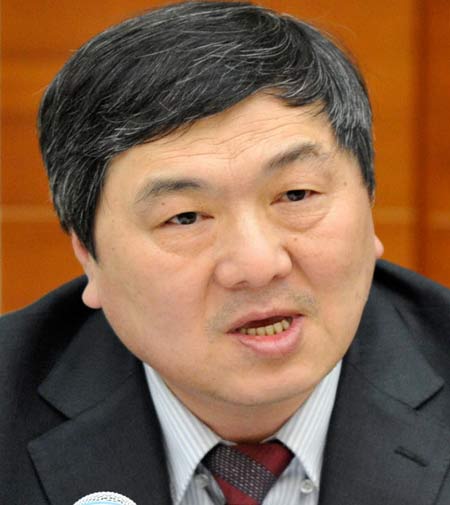Regional efforts may not fix air pollution
 0 Comment(s)
0 Comment(s) Print
Print E-mail China Daily, March 5, 2013
E-mail China Daily, March 5, 2013
With the public counting on regional joint prevention and control to solve the problem of airborne pollution, an environmental expert says the system is still in the early stages and may not cure the problem.
 |
|
Bao Jingling, a deputy to the National People’s Congress for Tianjin. [Photo/China Daily] |
At the annual two sessions, Bao Jingling, a deputy to the National People's Congress for Tianjin, and chief engineer of the municipality's environmental protection bureau, said media and the public should distinguish between the prevention and control of fine particles from the prevention and control of smog and haze.
"A regional joint prevention and control system serves the purpose of curbing regular emissions from pollution sources in cities and provinces within the region, thus lowering the yearly average level of the region's fine particles," Bao said.
But he said such a system cannot help prevent smog and haze.
Dense smog and haze covered large areas of China five times in January, affecting an area of more than 1.4 million square kilometers. Beijing, Tianjin and Hebei province was one of the most severely suffered areas, and also one of the 13 key regions ordered by the Environmental Protection Ministry in September to break with administrative boundaries in the fight against PM 2.5.
PM 2.5 is particulate matter smaller than 2.5 microns that can enter people's lungs and bloodstreams, poisoning them.
In a list of the 10 most heavily polluted cities in January released by the ministry, cities from this region took eight places.






Go to Forum >>0 Comment(s)